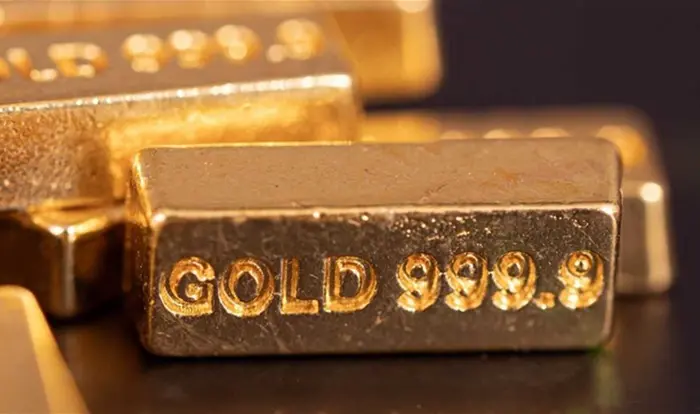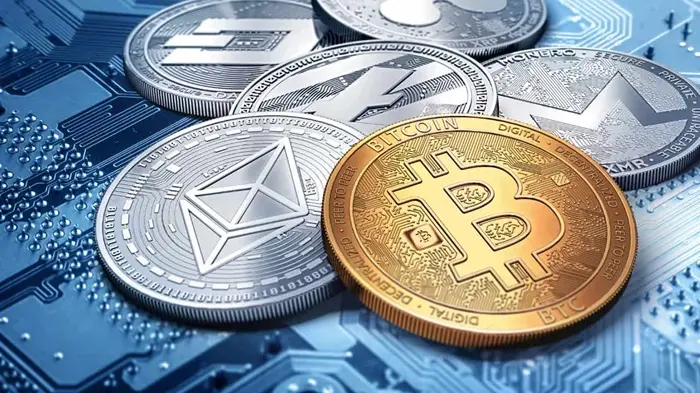Jerome Powell sent a clear message to markets this week: I’m not coming to the rescue.
In an appearance at the Economic Club of Chicago, the Fed chairman made clear that investors shouldn’t expect any changes in interest rates anytime soon, or any intervention in the bond market anytime soon, following the turmoil caused by President Trump’s tariffs.
The key moment came on Wednesday, when Raghuram Rajan, a professor at the University of Chicago Booth School of Business, asked Powell if there was a “Fed put” on the stock market.
Powell’s answer couldn’t be more clear: “I’m going to say no.”
Markets are “struggling with a lot of uncertainty, and that means volatility.” But he argued that markets are “working somewhat as expected during a period of high uncertainty.”
That seemed to throw cold water on speculation that the Fed might step in if necessary to restore calm to bond markets.
Speculation grew as long-term debt yields surged last week, sparking predictions that the central bank would need to provide some liquidity as investors unwind their positions.
Powell said those markets remain “orderly” and attributed the recent turmoil to “markets dealing with historically unique developments.” It also helped that bond markets did stabilize this week, easing pressure for immediate intervention.
Powell also disappointed investors this week — and the president — who were hoping to hear signs that he was ready to cut interest rates to prevent a downturn or cushion the inflationary effects of new tariffs.
He said the central bank would “wait for more clarity” before considering adjusting rates because he expects Trump’s tariffs to lead to higher inflation and slower economic growth.
Read more: How the Fed’s rate decision affects your bank account, loans, credit cards and investments
Powell predicted that the Fed will face difficult decisions as it weighs its twin goals of stable prices and full employment. He said there’s a good chance the economy will stray from the Fed’s two goals “for the rest of the year,” or at least not make much progress.
Powell went out of his way to hint that he might prioritize controlling inflation, noting that the Fed can’t maintain a strong job market over the long term without price stability. He also made clear that it’s unclear whether the inflationary effects of tariffs will be temporary or lasting.
“It’s very likely that tariffs will lead to at least a temporary increase in inflation, but the inflationary effects could also be more persistent,” he said.
Powell also stressed that the Fed’s obligation is to keep long-term inflation expectations stable and prevent one-time price increases associated with tariff increases from turning into a persistent inflation problem.
All of this seemed to hit a nerve with the president, who spent much of Thursday lashing out at Powell on social media and at an Oval Office news conference.
“Powell’s resignation is coming too late!” the president wrote on Truth Social, saying Powell is “always too late and always wrong” and should join other central banks in cutting rates.
Late Thursday at the White House, Trump reiterated that he was “not happy” with Powell and said he would resign “if I asked him to.”
The Wall Street Journal reported Thursday that Trump has been privately discussing firing Powell for months, but he has not made a final decision on whether to try to remove Powell before his term ends in May 2026.
Powell shows no signs of backing down. On Wednesday, he again reiterated the independence of the Fed and its own work, calling it a “legal matter” and promising not to act under any political pressure.
































